What to see in
Gijón / Xixón?
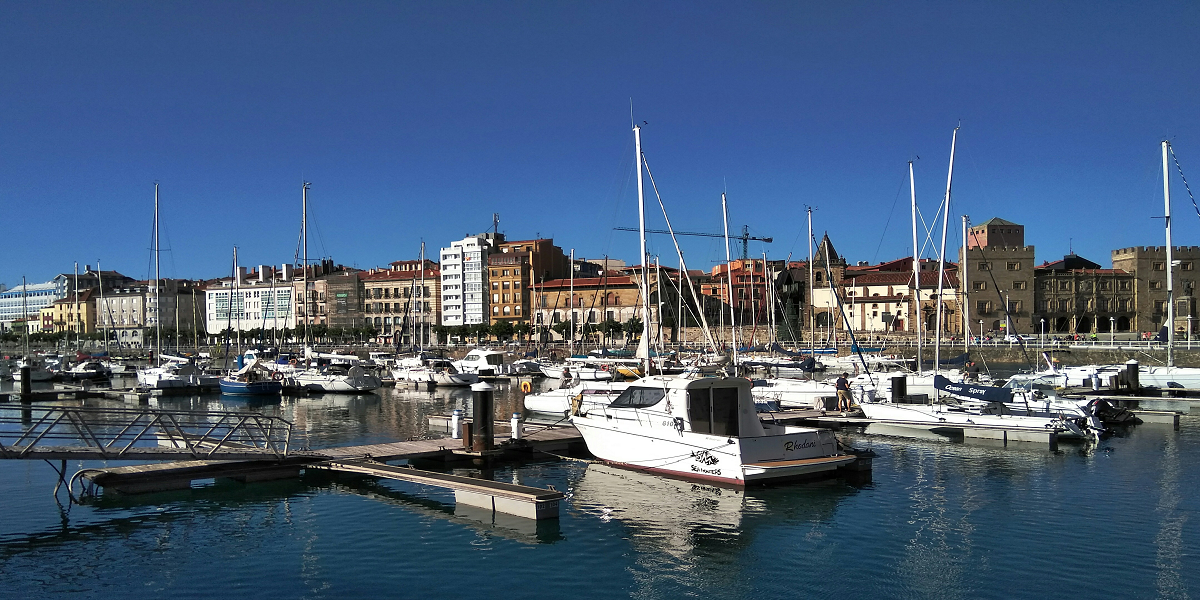
Unique character
Just like the Romans did about two thousand years ago, you are about to uncover the secrets that will make you fall in love with the city of Gijón. Its geographical location, with privileged beaches in the city center, its coastline with beautiful routes and spectacular views, its historic center, and its atmosphere make Gijón a special place.
Gijón is an ideal space for leisure, to enjoy the life of its streets, its terraces, its beaches, its cuisine. In this article, I will show you what to see and what to do in Gijón.
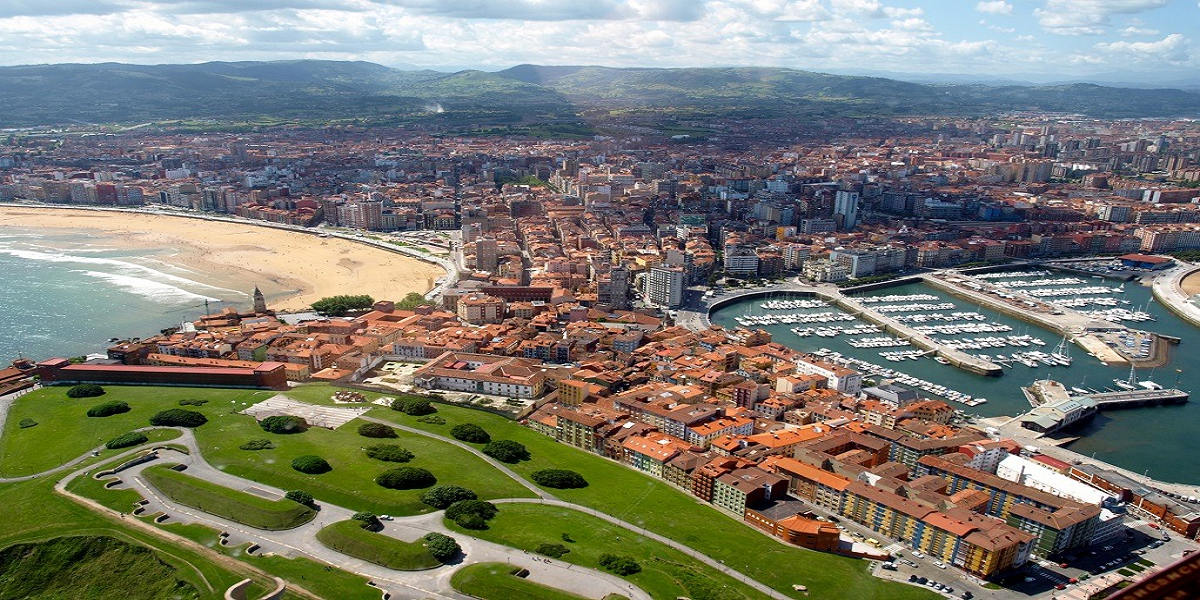
Cimavilla
A taste of history, tradition, sea, and cider.
Cimavilla is the oldest neighborhood in the city of Gijón. Its initial core is located on the Cerro de Santa Catalina. Its first inhabitants built it as a defensive enclave, due to its strategic location. From the military use of the ancient Roman villa, remnants such as the remains of the wall and the Campo Valdés thermal baths have been preserved.
It is from the 18th century, with the urban development of Gijón and the construction of the fishing port, that the neighborhood began to take its current shape.
Its monuments, its history, its labyrinth of streets make it a must-visit place.
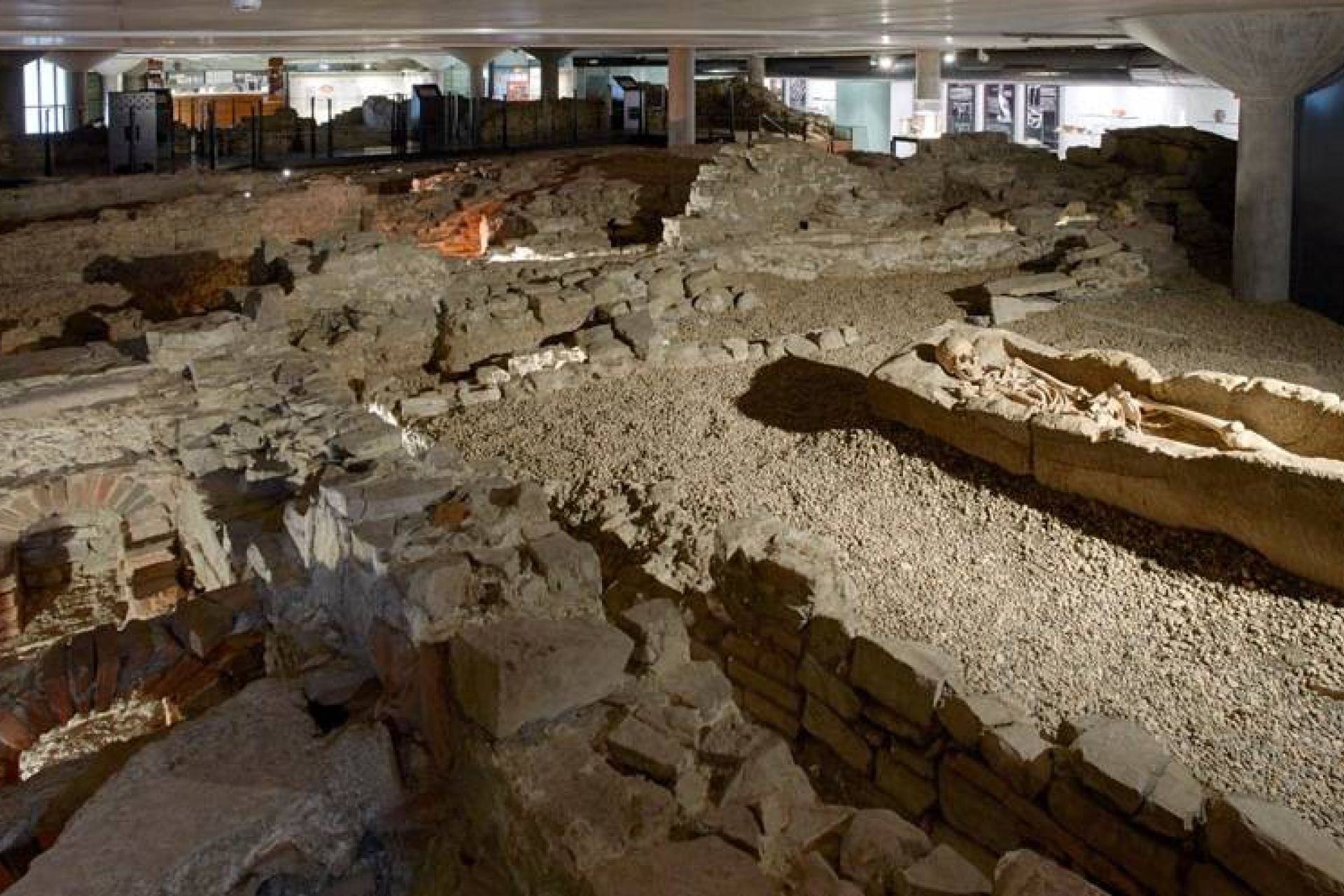
Museum of the Roman Baths (1st-2nd century AD)
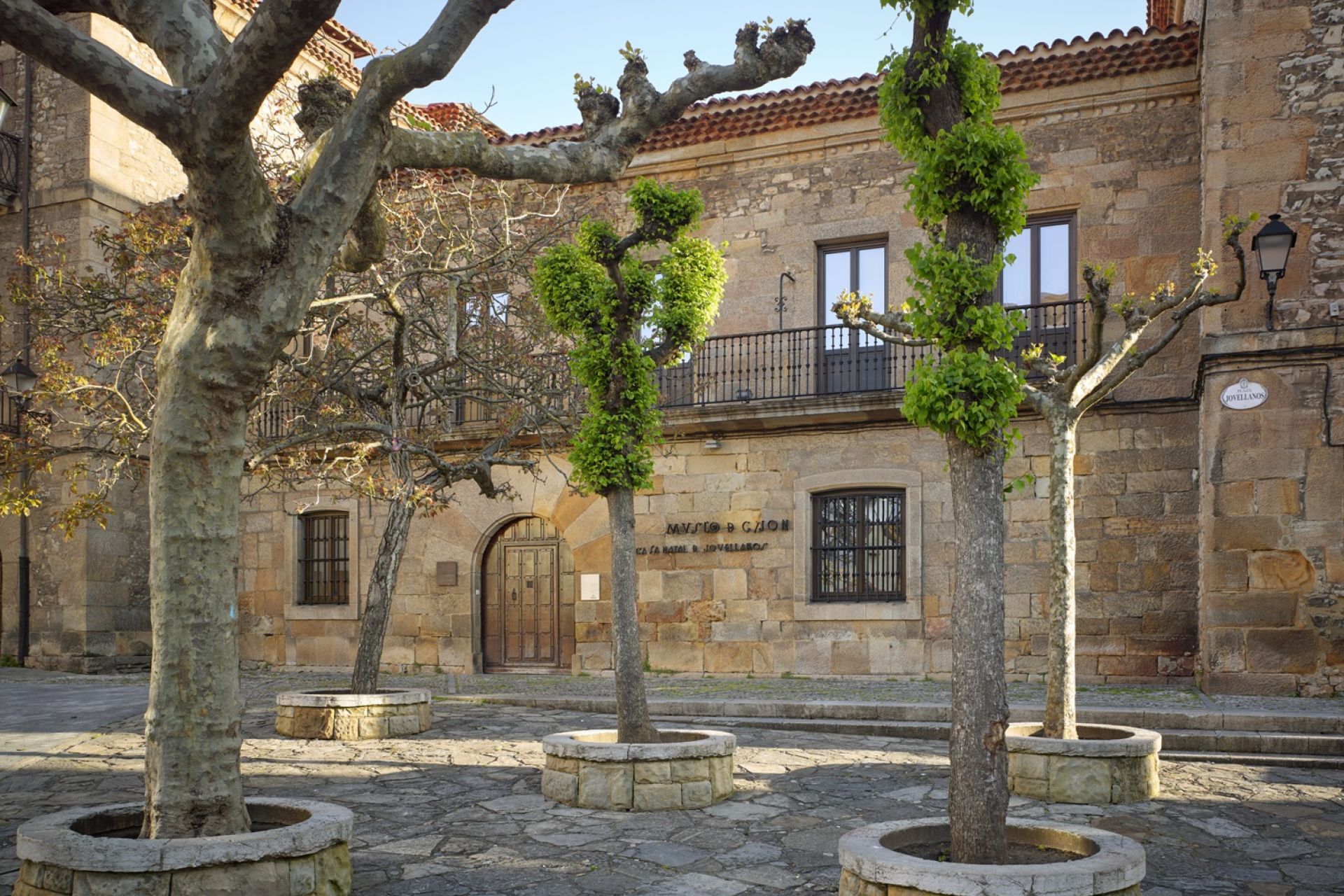
Jovellanos Birthplace Museum
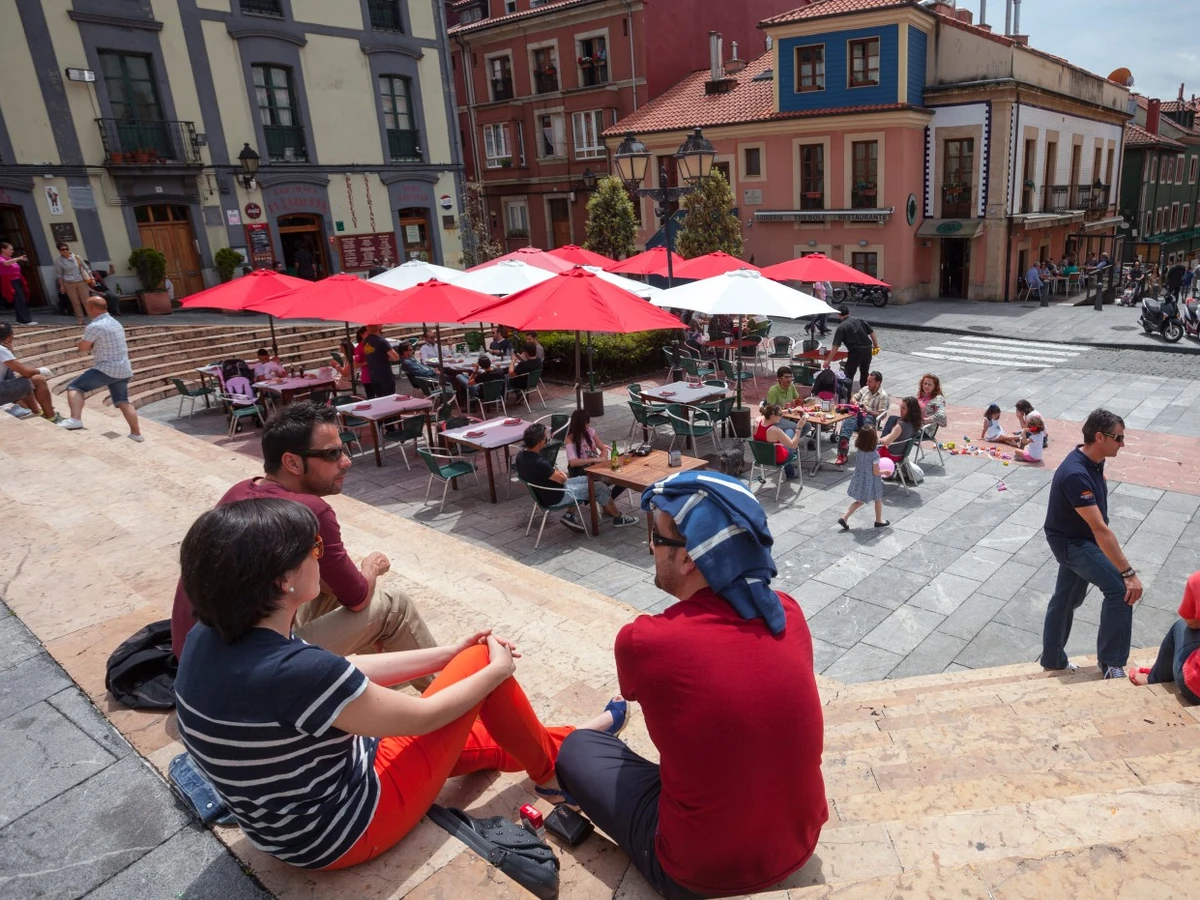
Plaza del Lavaderu
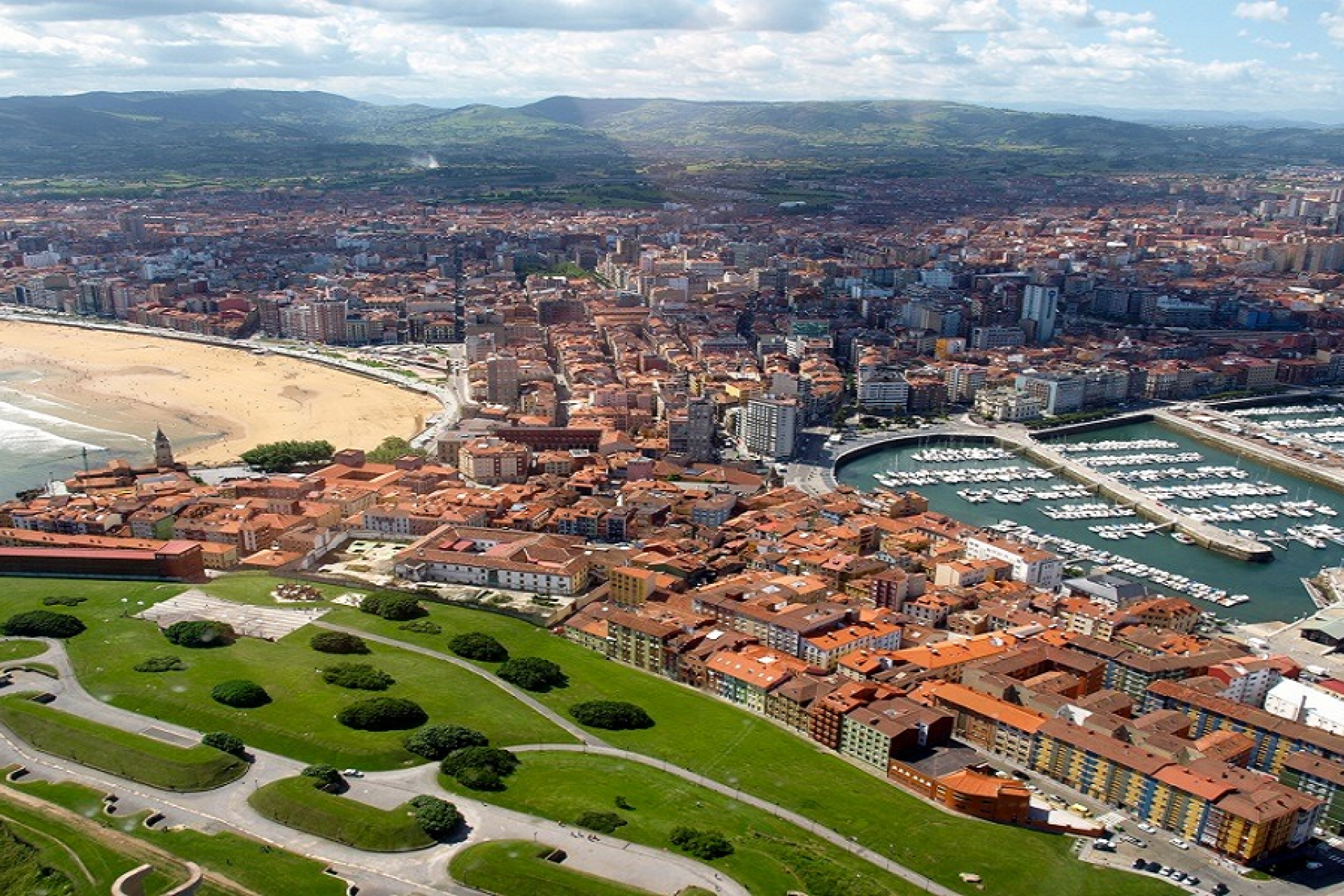
Cerro de Santa Catalina
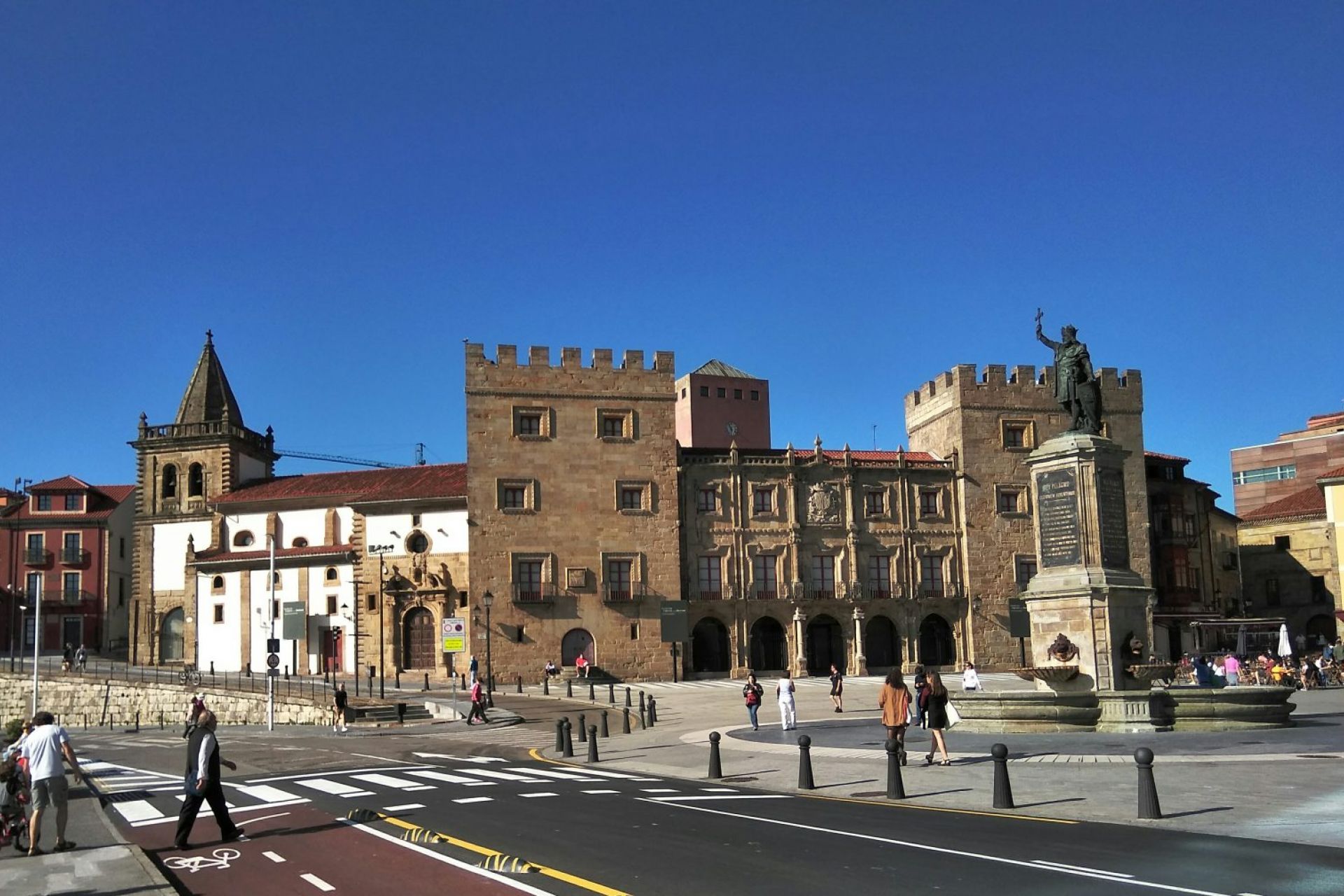
Plaza del Marqués
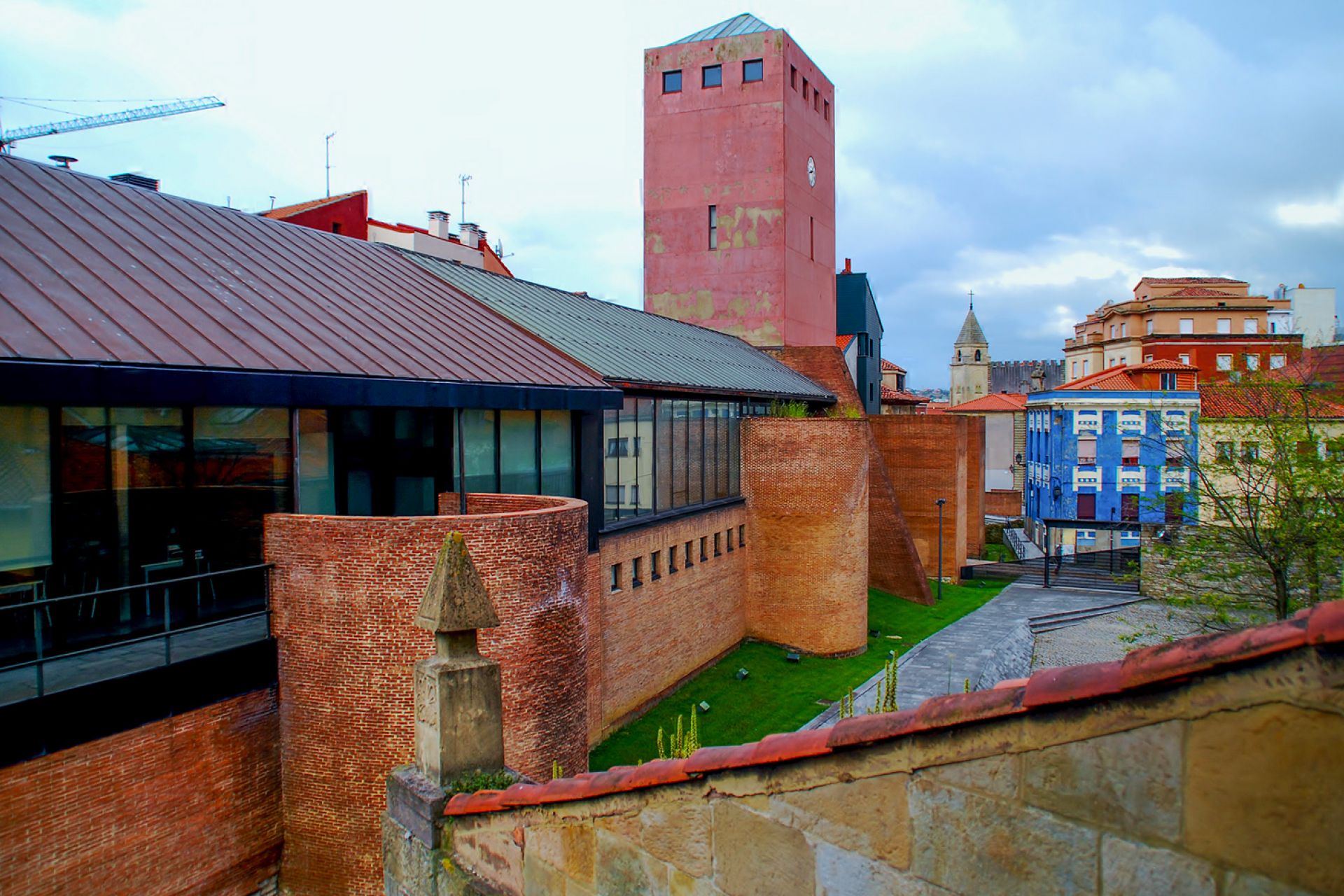
Torre del Reloj
The Beaches and their surroundings
Gijón / Xixón boasts three urban beaches, of which the two main ones are very close to the apartments.
In the heart of the city, Playa de San Lorenzo is right next to the apartments, just 50 meters away, and Playa de Poniente is a 15-minute walk from the apartments.
In the vicinity of these beaches, there is a wide variety of points of interest that can complete a day at the beach both in summer and winter, as our beaches are alive throughout the year due to the habit of Gijón locals using them for walking and as a meeting point.

Playa de San Lorenzo
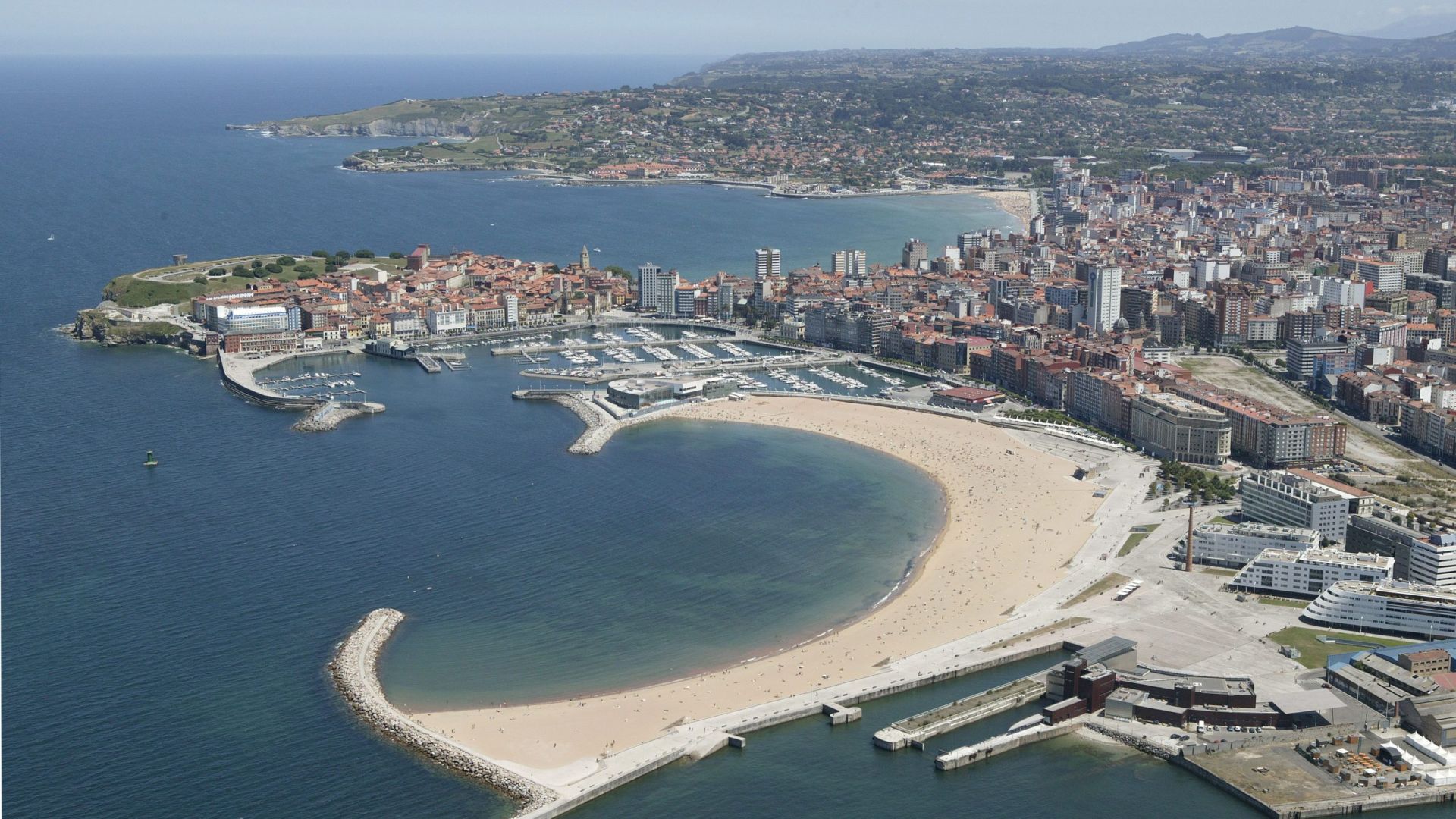
Playa de Poniente
Located to the west of Cimavilla, Poniente Beach is very popular and easily accessible, with a wide central staircase and access for people with mobility difficulties. It has a shell shape and very little wave action, making it a sheltered beach due to its orientation, where the green flag is always flying. Therefore, it’s highly recommended for children’s swimming, who also have permanent recreational facilities in the sand itself, a complete beach playground setup.
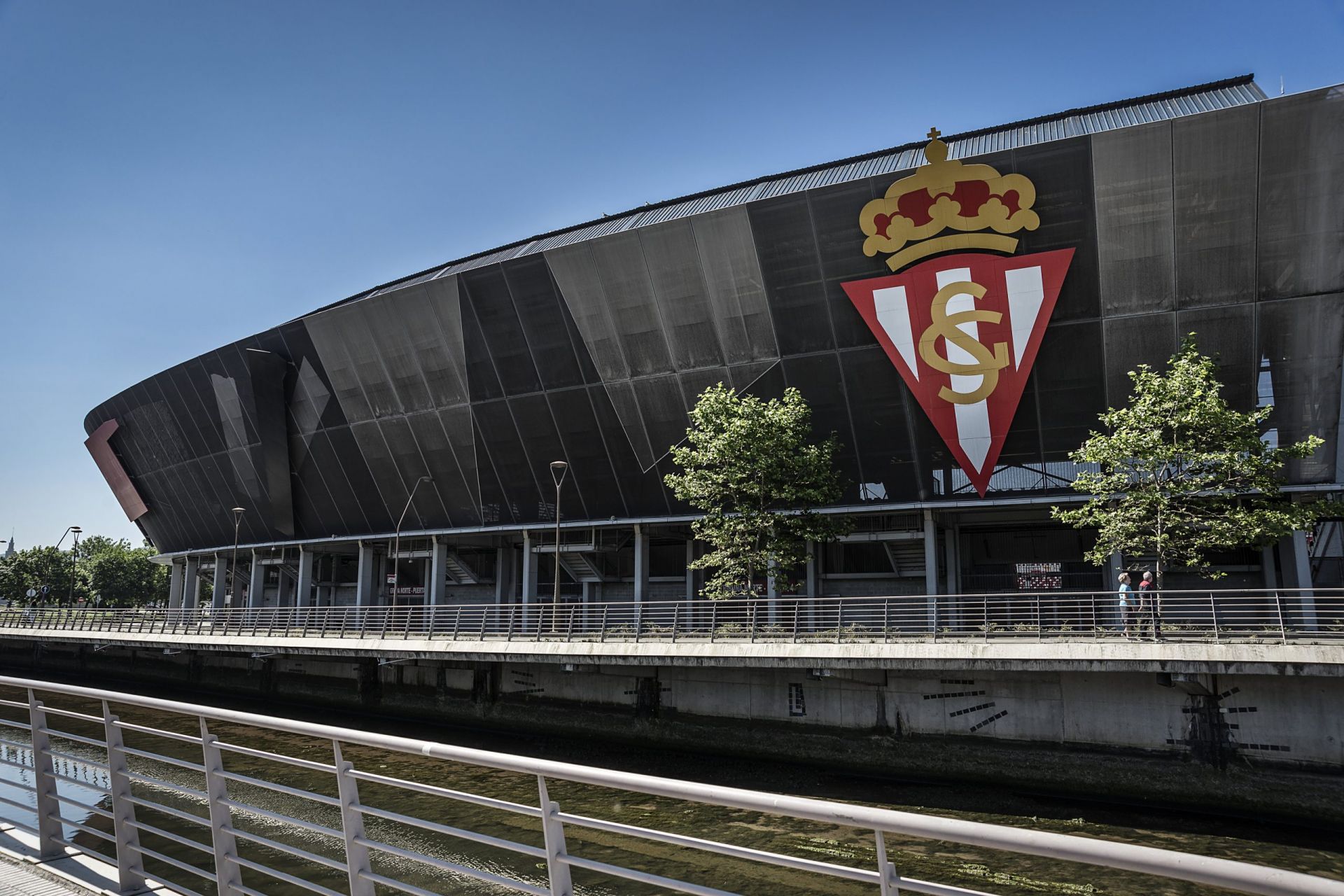
Municipal Stadium of El Molinón
Also known as El Templo and officially as Estadio Municipal de El Molinón – Enrique Castro Quini, dating back to 1908, it is the oldest football stadium in Spanish football and undoubtedly one of the most emblematic.
The usual home of Real Sporting de Gijón, throughout its history it has also hosted matches of the ’82 World Cup, matches of other sports such as rugby, and numerous concerts and significant cultural activities, with groups like The Rolling Stones.
Inside, it features restaurants and hospitality businesses, a football-themed escape room, but most importantly, the Real Sporting de Gijón Museum, which includes a tour of the stadium.
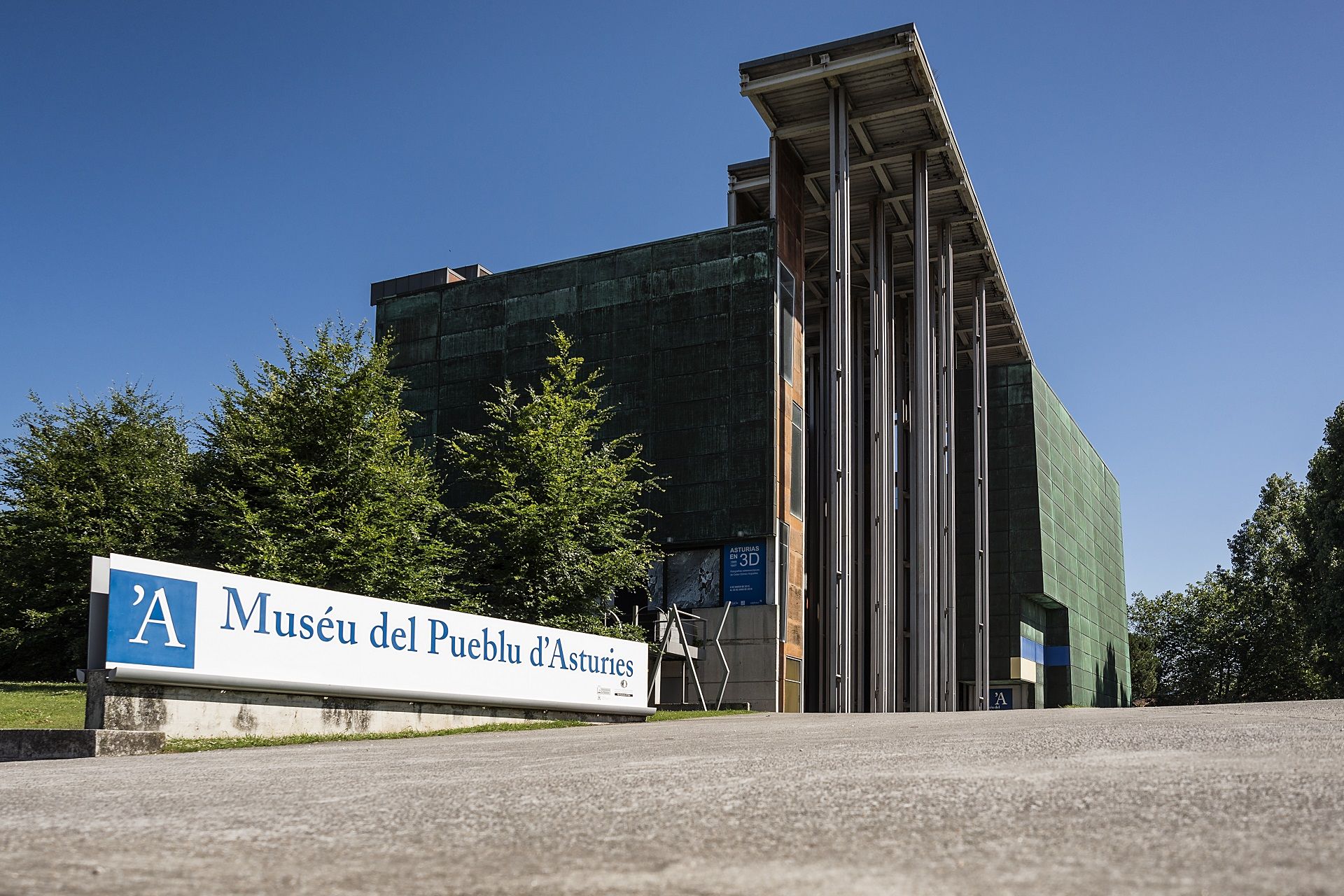
Muséu Del Pueblu D’Asturies
The Ethnographic Museum of the People of Asturias was created in 1968. It consists of a 30,000 square meter enclosure to which three buildings have been transferred: the 17th-century Casa de los Valdés, the Casa de los González de la Vega (bagpipe museum), and the Asturias pavilion from the Universal Exhibition in Seville (1992).
Within the enclosure, there are examples of traditional Asturian constructions such as granaries and pantries from the 18th and 19th centuries. There are also several bowling alleys for playing the different varieties that exist in Asturias, an exhibition of agricultural tools, a characteristic ground-floor peasant house from central Asturias, and a pond that is a relic of the marshland landscape that once dominated the mouth of the Piles River.
The museum’s objectives are to conserve, display, and disseminate material, graphic, and oral testimonies that allow an understanding of traditional Asturian society and preserve its memory. The museum has a wide collection of ethnographic materials, graphic documents (engravings, lithographs, drawings), and a sound library of Asturian music.
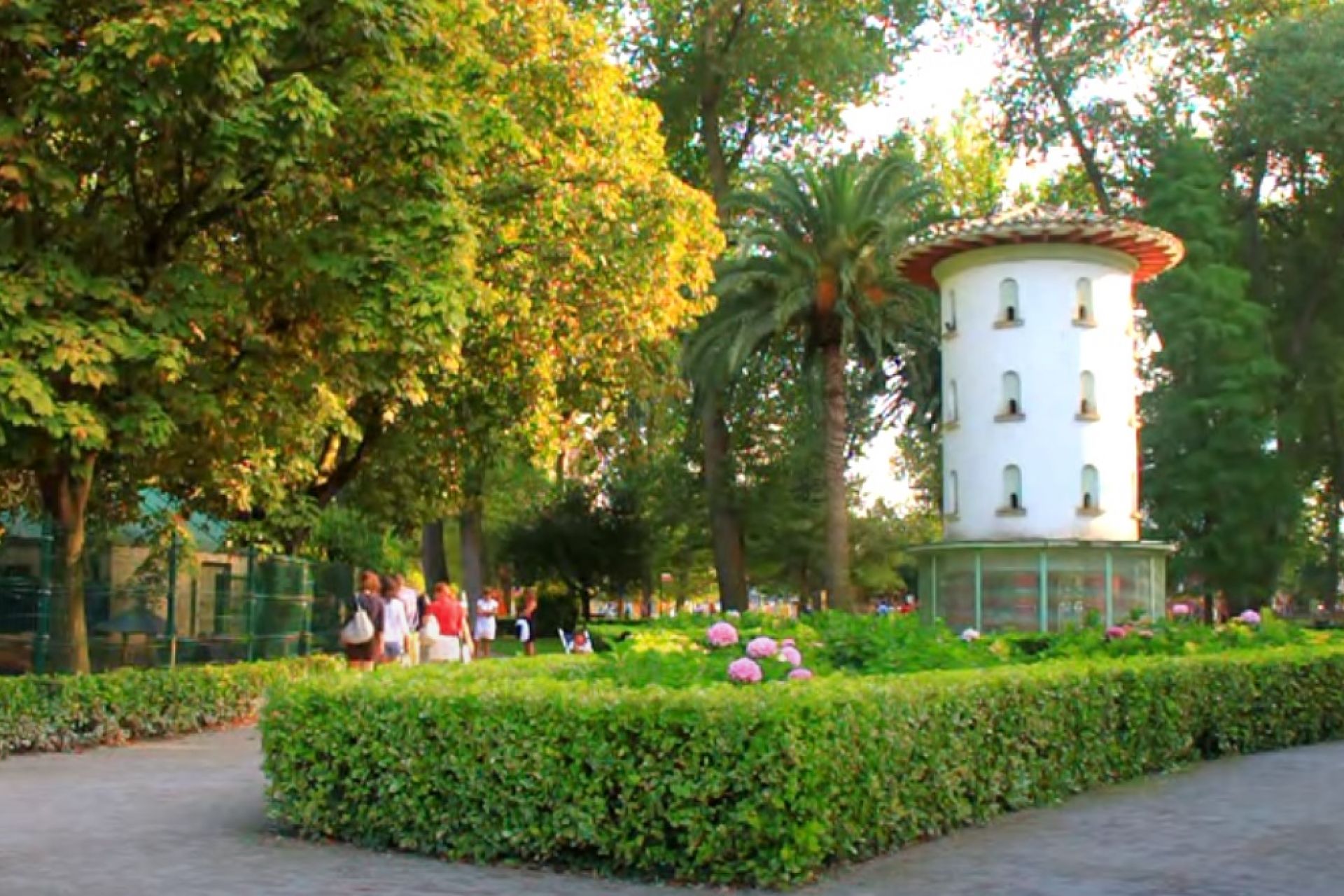
Isabel La Católica’s Park
The largest green lung of the city is located to the left of the mouth of the Piles, to the east of San Lorenzo Beach.
It is a splendid example of a garden with trees of multiple species and features ponds, flowerbeds, and rose gardens. In the lake area, you can enjoy multiple species of birds in captivity and semi-freedom, such as ducks, herons, swans, etc.
The Isabel La Católica Park has a spectacular children’s play area, for the enjoyment of the little ones, which is the largest and most varied in Gijón, accommodating more than 300 children at a time.
Surrounding it are the Ethnographic Museum of the People of Asturias, the Sports Palace, the Molinón Football Stadium, and the Molino Viejo National Parador.
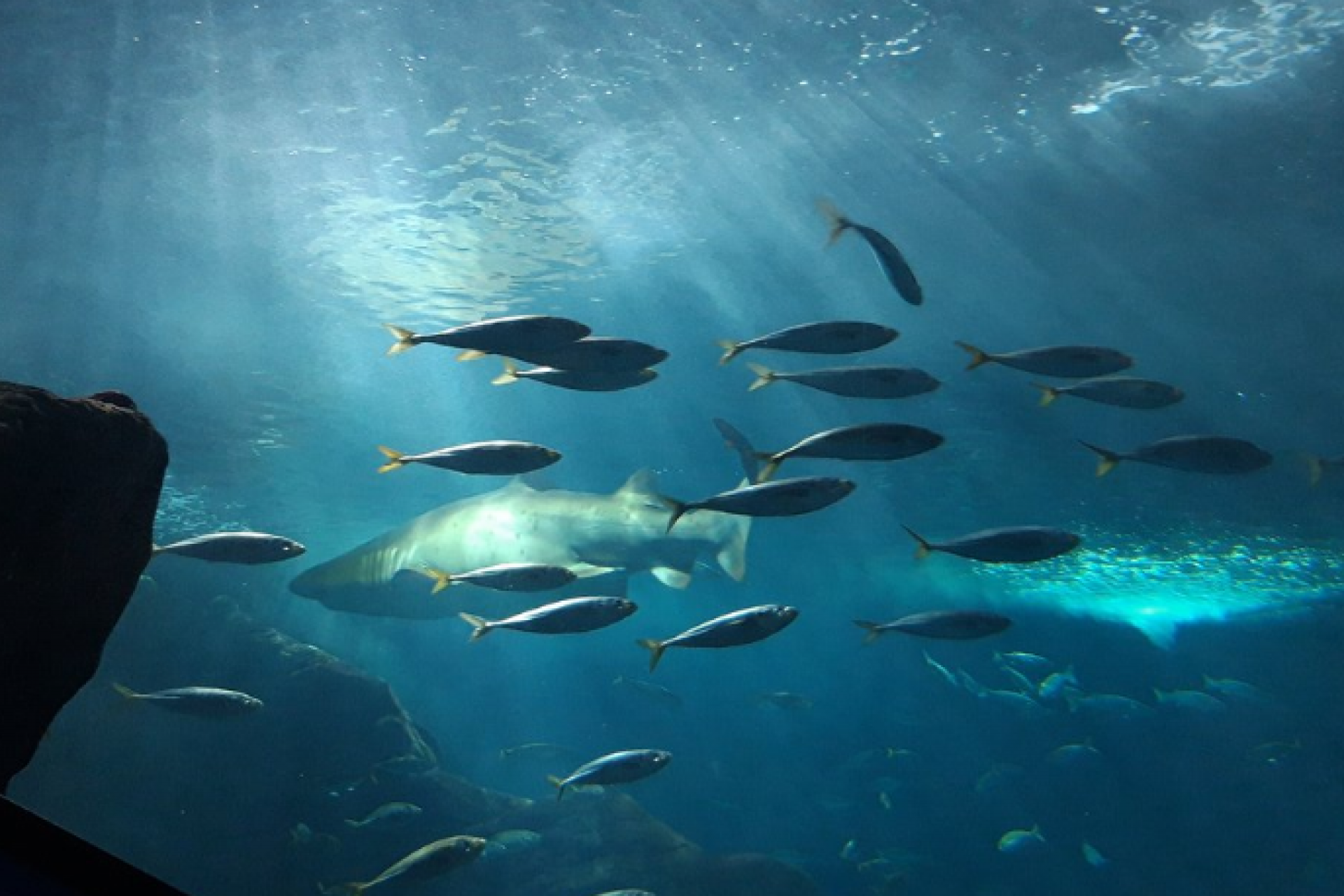
Gijón / Xixón Aquarium
The Gijón Aquarium offers you a journey through 60 freshwater and saltwater aquariums that will allow you to learn in detail about the flora and fauna of the world’s seas.
12 ecosystems and more than 2 million liters of water recreate life in rivers, the Cantabrian coast, the Caribbean Sea, the Pacific and Indian Oceans, the Red Sea, the African Indian Ocean, the South Atlantic Ocean, and the Subtropical Atlantic Ocean.
You will discover animals such as salmon, eels, sturgeons, moray eels, rays, bull sharks, nurse sharks, and grey sharks, living in the Gijón Aquarium alongside loggerhead turtles. But these are just some of the 4000 animals from the 400 species that you can see during your visit.
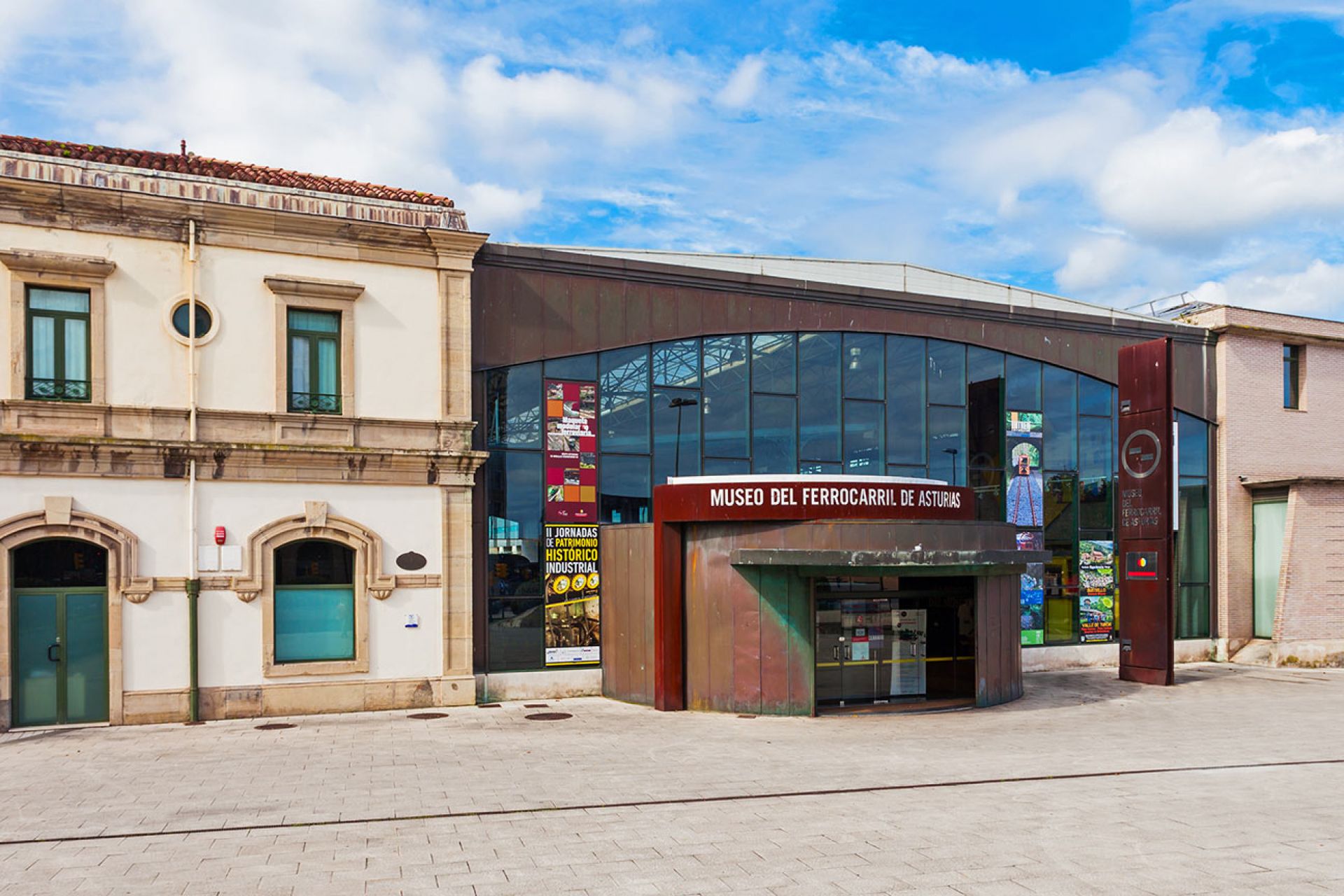
Asturias Railway Museum
The Asturias Railway Museum is the center responsible for preserving, researching, and disseminating the railway heritage of Asturias. Its scope ranges from the consequences of the industrial revolution and technological development to the social and economic evolution brought about by the introduction of the railway in the region. It is considered one of the most important railway museums in Europe.
985 181 777
¿Y en sus alrededores?
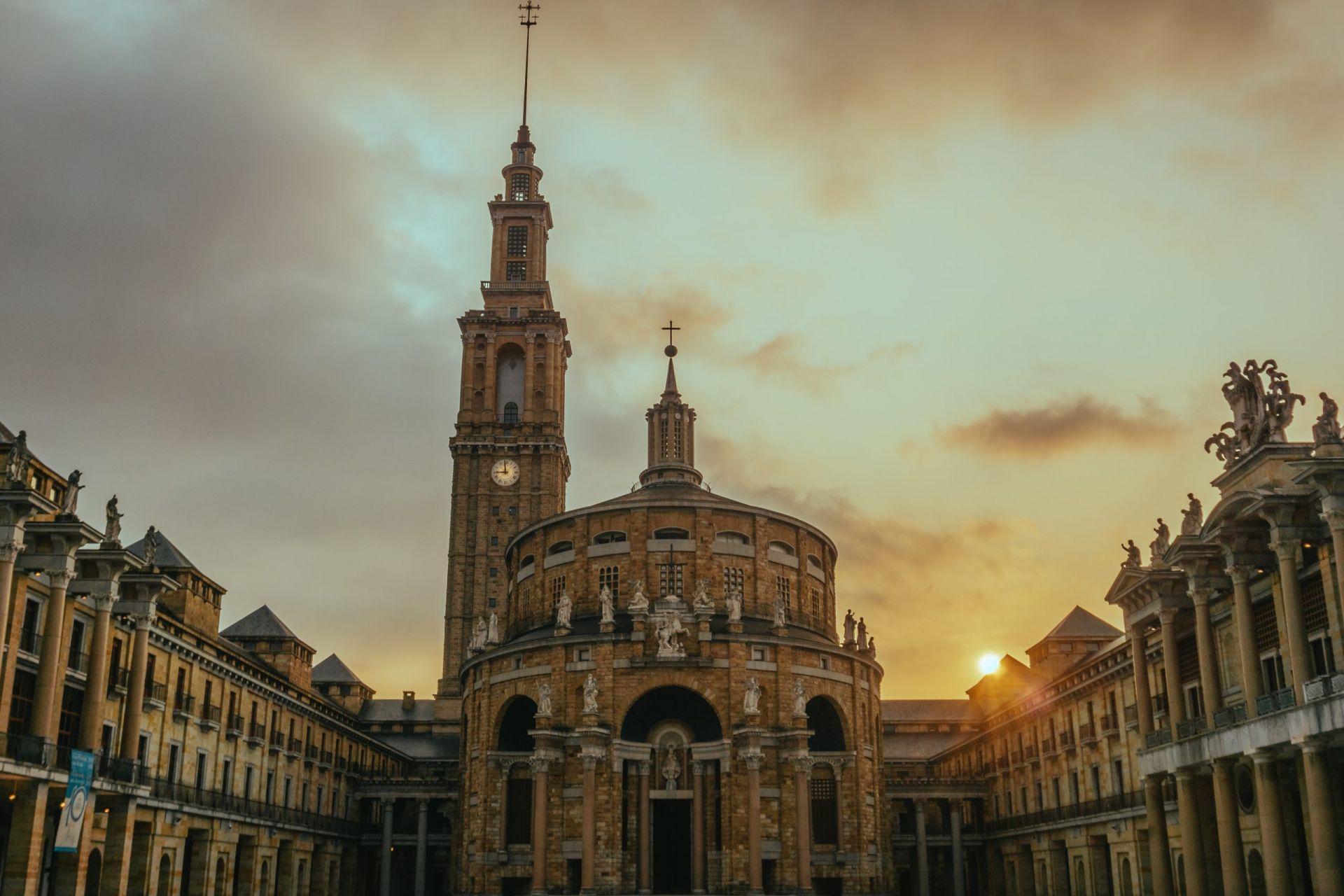
Universidad Laboral
La Laboral de Gijón, with its impressive 270,000 square meters, is the largest building in Spain.
Since its renovation in 2007, it has become the headquarters of Laboral Ciudad de la Cultura, bringing together various cultural and educational institutions. These include the Faculty of Commerce, Tourism, and Social Sciences, the Higher School of Dramatic Art, and the Conservatory of Music.
Originally conceived in 1945 as an orphanage for miners’ children, this building evolved to become the Laboral University of Gijón. Its design, inspired by the Parthenon, features a courtyard reminiscent of St. Mark’s Square. Notably, it houses the world’s largest elliptical church and a 130-meter tower, the tallest in Asturias.
Additionally, the Laboral Center for Art and Industrial Creation, located in the former workshops, has transformed into a dynamic space for contemporary art exhibitions and educational activities.
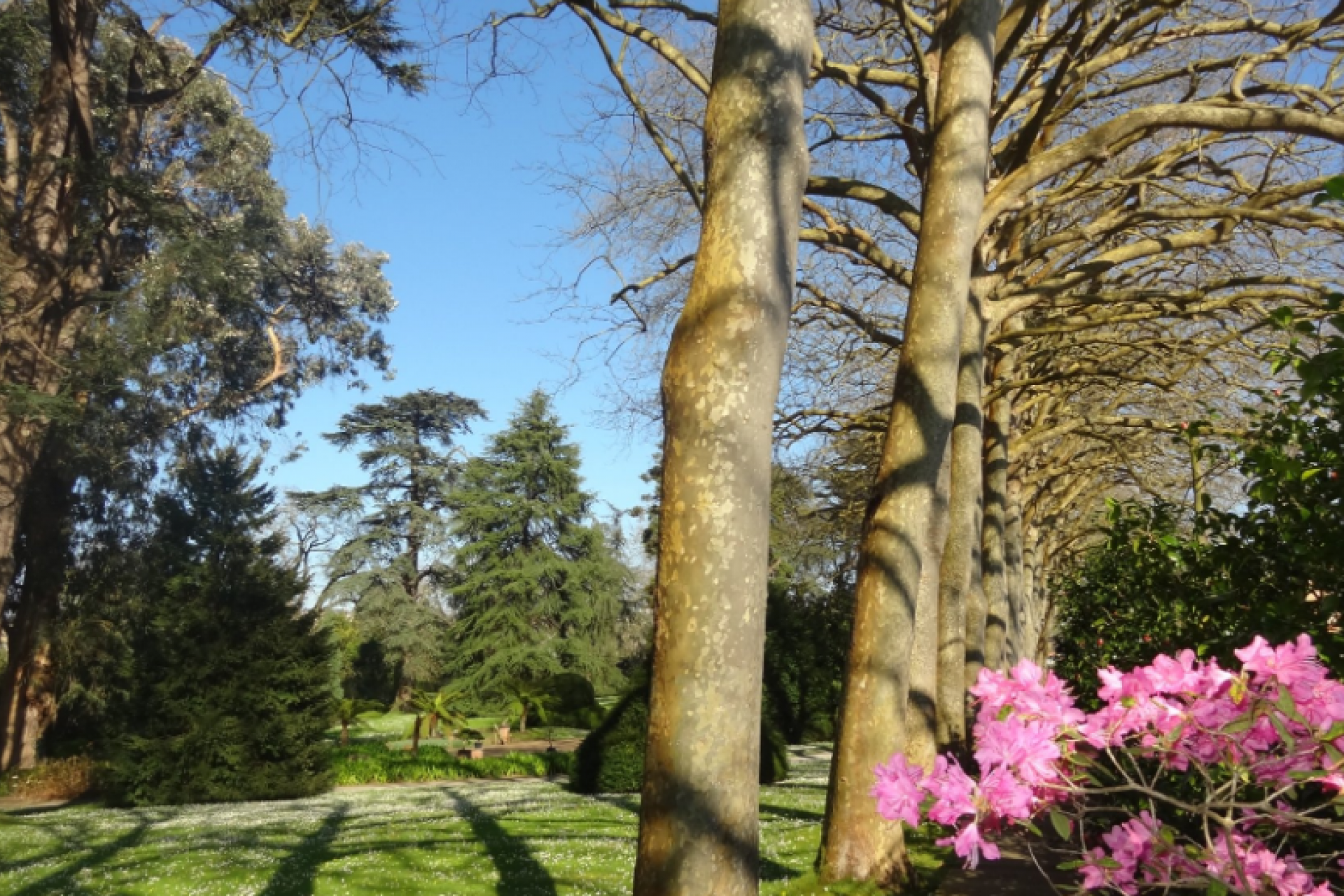
Atlantic Botanical Garden
The Atlantic Botanical Garden of Gijón is an oasis of biodiversity and environmental education.
Spread over 25 hectares, it includes notable spaces such as the historic Garden of La Isla and the Natural Monument of La Carbayera de El Tragamón.
This young garden, committed to sustainable development and the preservation of plant biodiversity, offers a unique educational experience for children, with interactive panels and play elements integrated into nature.
It has four distinct areas: the Cantabrian Environment, celebrating regional flora; the Plant Factory, exploring the relationship between plants and human societies; the Garden of La Isla, a historic garden since 1870; and the Atlantic Route, recreating the vegetal landscapes of the North Atlantic. With plans to expand its scope to other biomes, the Atlantic Botanical Garden of Gijón is established as a magical place to learn, explore, and connect with nature.
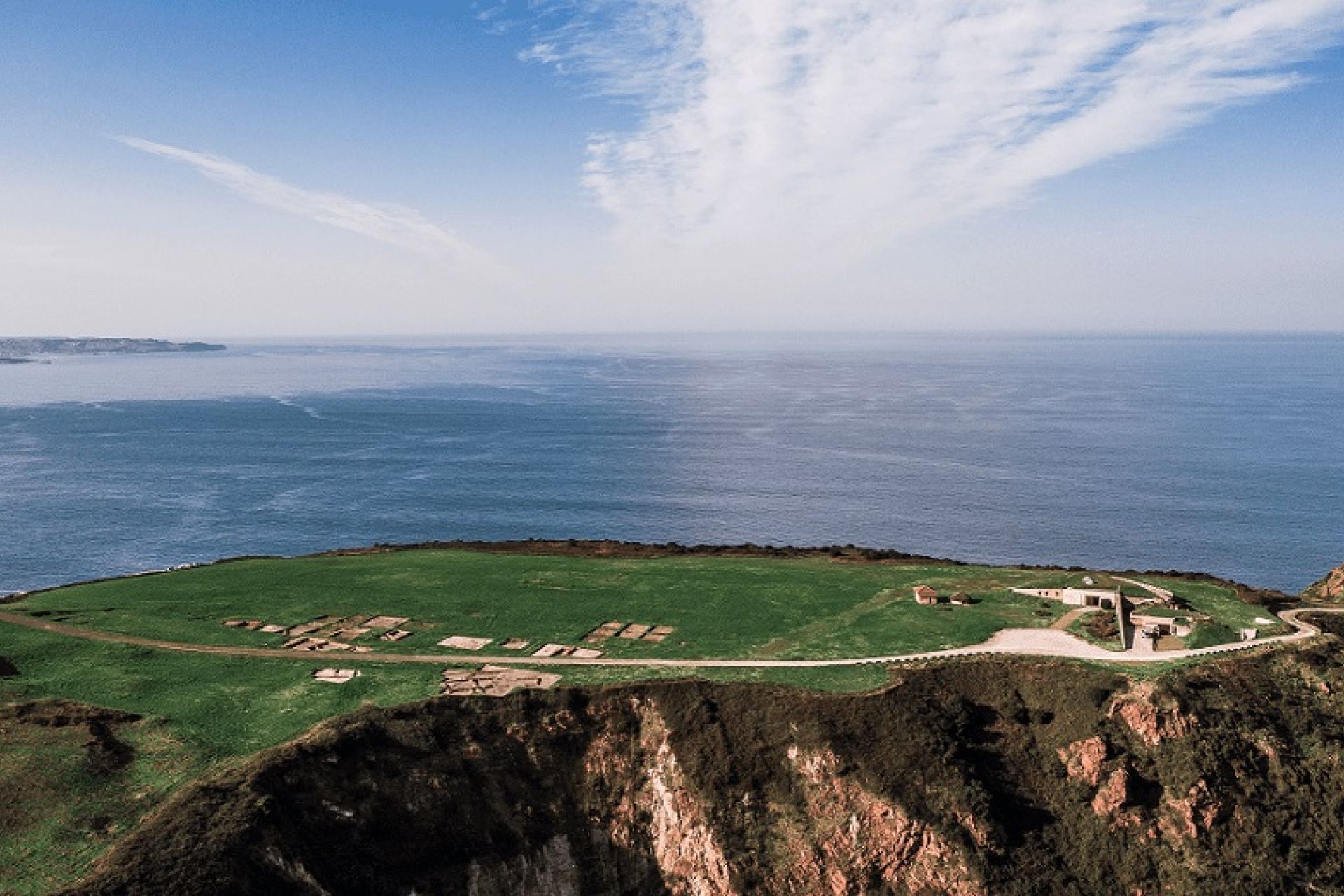
Campa Torres
The archaeological and natural park of Campa Torres is located in the municipality of Gijón, next to the coast, and covers an area of 50,000 square meters. In this place, there is a Castro from the 5th century BC, belonging to the Cilurian people, one of the tribes of the Asturians. It is the largest maritime fortified enclosure on the Asturian coast.
From an archaeological point of view, the park provides information about the transition period between prehistory and the Roman era in Gijón, explaining the origins of the city. The park facilities consist of three main buildings: reception, museum, and lighthouse.
In addition to the buildings, the park features an archaeological itinerary, a bird observatory, and a viewpoint with expansive views over the port of El Musel and Gijón.
The archaeological itinerary runs through thirteen observation points where the most significant elements of the settlement are identified. The information points along this route also provide data on plant species and their historical evolution up to the configuration of the current landscape.
“De sidra, vinos o cañas”
Cimavilla
Its steep and irregular streets offer a multitude of classic Asturian cider houses.
The Plaza del Lavaderu, is often regarded as the first meeting point in Cimavilla. A bustling spot day and night, it attracts all kinds of people, with its stairs and stone walls often serving as improvised seating.
Meanwhile, the Town Hall Square and the Marqués Square, located just a few meters from the Marina and the Cuesta del Cholo, right in the heart of the Marina, also offer numerous options for cider houses and terraces for the early hours, and cocktail bars for later in the night.
El Carmen
Also just a few meters from the Marina, on both sides of the bustling Corrida Street, we find El Carmen, a new pedestrian area full of wine bars and gastro bars. Here we can enjoy its terraces and the delicacies of its modern cuisine.
Nightlife
Puerto Deportivo and Fomento
In the heart of Gijón’s Marina, for a later hour, we’ll find cherished nightclubs. Larger and featuring more mainstream music, here disco-bars cater to a more select audience. Along the docks of the marina, you’ll also find modern terraces to enjoy a cocktail while taking in views of the Marina.
The other major nightlife area in Gijón is located on a street parallel to the marina. Marqués de San Esteban street, along with its surroundings, is commonly referred to as Fomento. This area boasts plenty of pubs and disco-bars, which stay open until late, featuring various themes such as Latin music, ye-yé music, electronic, etc…